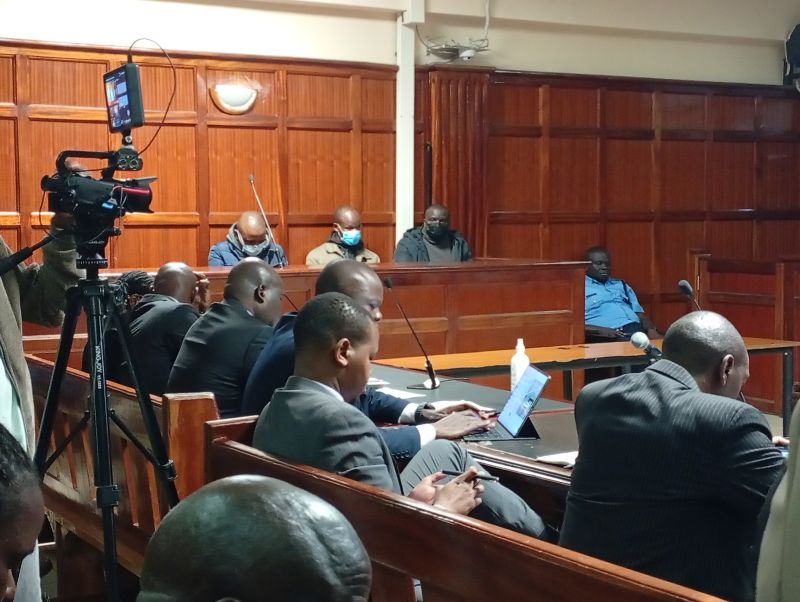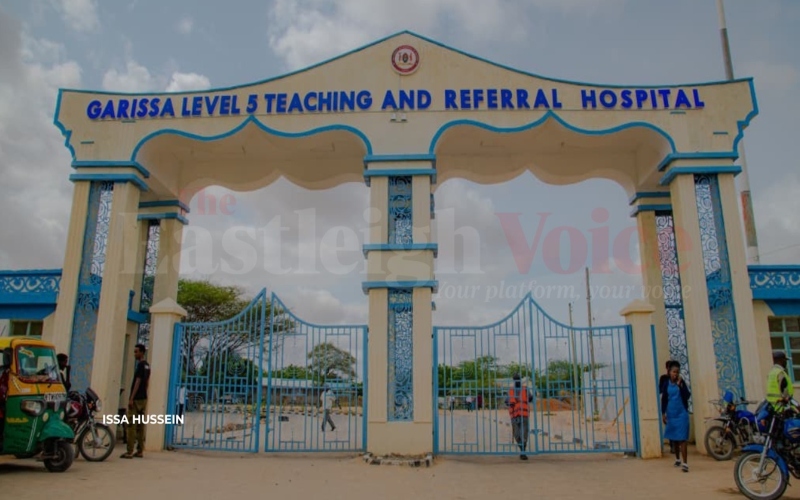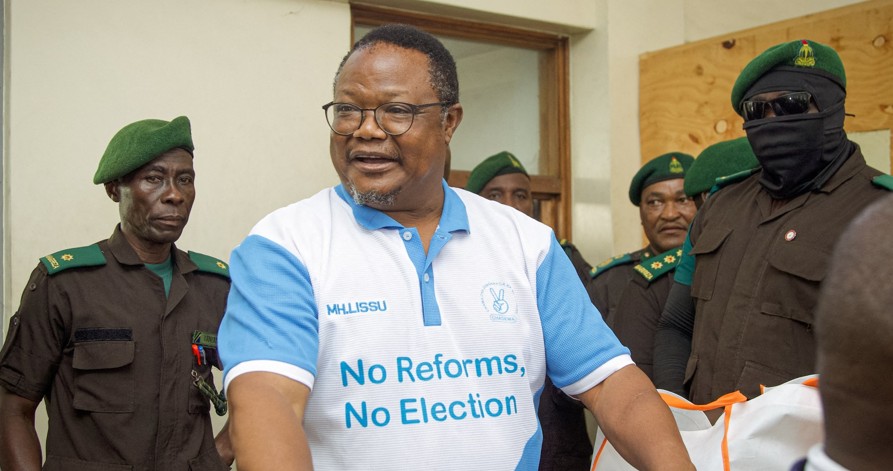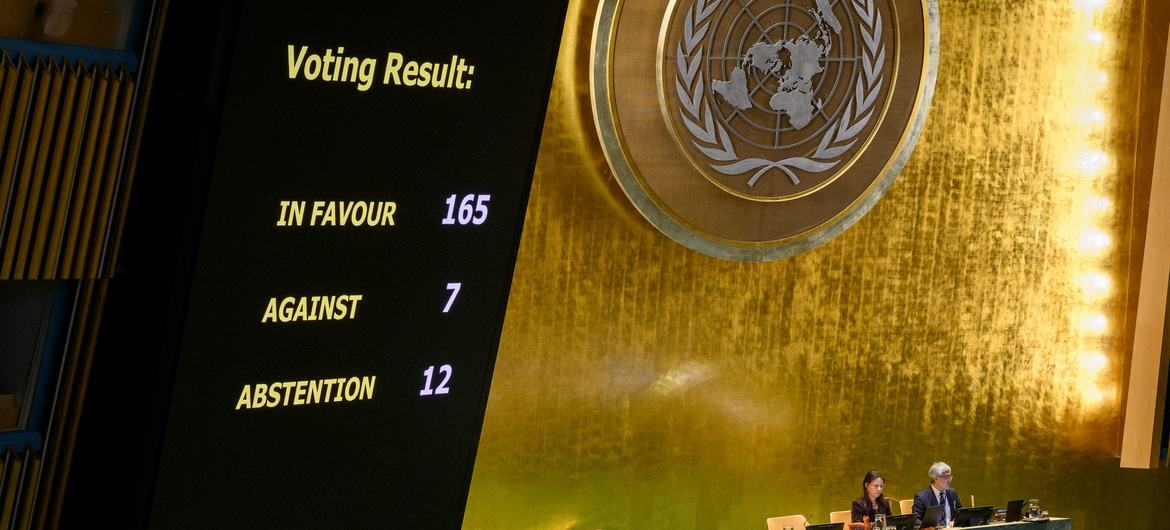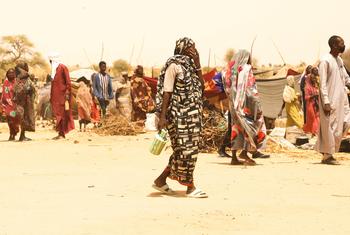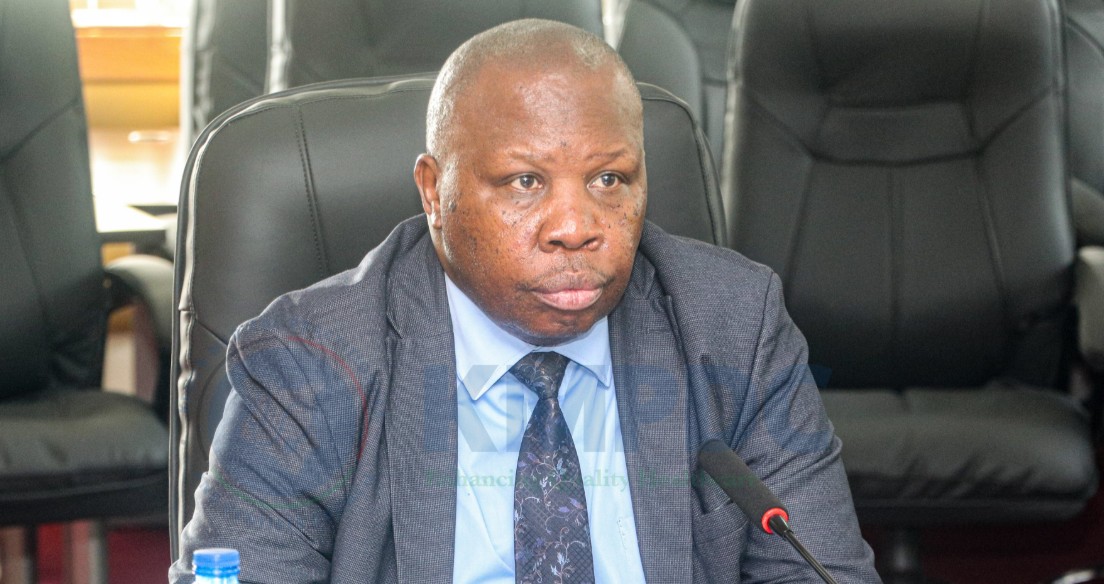Mombasa cancer reforms: Tackling 8,500 cases with early detection
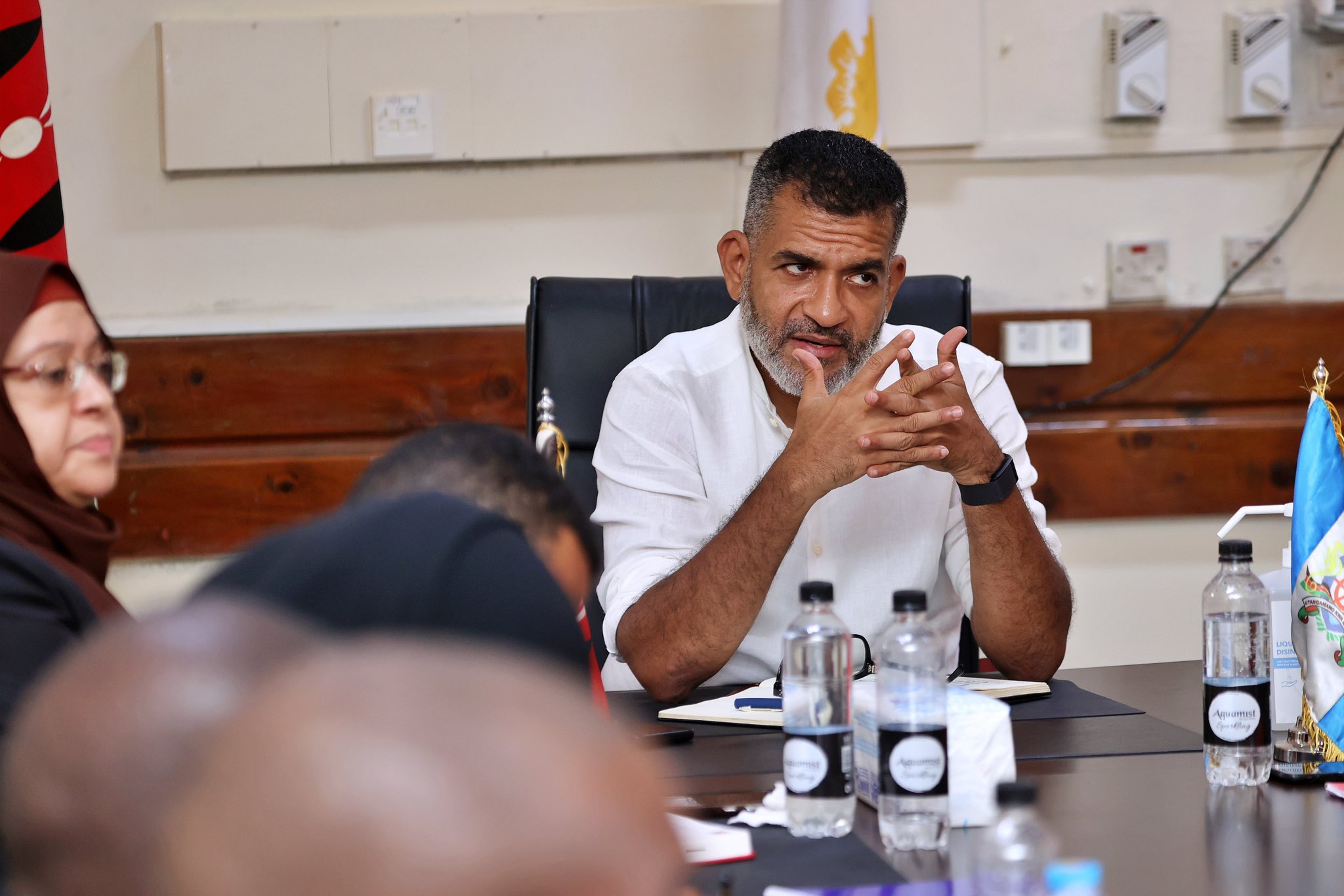
Currently, cancer ranks as the third leading cause of death in the country, with a significant number of diagnoses being made at advanced stages, limiting treatment options and survival rates.
Every morning, as the sun rises over Mombasa, the gates of Coast General Teaching and Referral Hospital open to a steady stream of people, 110 of them, each seeking care at the cancer clinic.
Among them are eight patients receiving the hardest news of their lives: a new cancer diagnosis. Behind each number is a name, a face, and a story of pain, fear, and hope.
More To Read
- Study finds Covid-19 mRNA vaccines may boost cancer immunotherapy
- Breast cancer: Warning signs and why early diagnosis saves lives
- Kamukunji’s Kinyago Kanuku hosts groundbreaking breast and cervical cancer screening
- SHA begins review of cancer benefit package after patients’ protest
- MPs pledge to raise cancer treatment cover to Sh1 million amid concerns over inadequate SHA funding
- New study links oral hygiene to pancreatic cancer risk
At the heart of this reality is a system struggling to catch cancer early enough.
“Tragically, most cases are detected too late, limiting treatment options,” says Governor Abdulswamad Nassir.
In response, the Mombasa County Government is changing course, putting people, not just procedures, at the centre of healthcare.
The Coast General clinic, which sees over 8,500 chemotherapy patients and nearly 600 radiotherapy patients each year, has become a lifeline for many. But it’s also a place where the heartbreak of late-stage diagnosis is seen daily.
“We are refocusing our efforts. While we continue to strengthen curative services, we must go to the grassroots. Prevention. Awareness. Early detection. That is our new frontline,” Abdulswamad said.
The governor has taken the unusual step of moving his office to the hospital itself, working from inside the system, he wants to change.
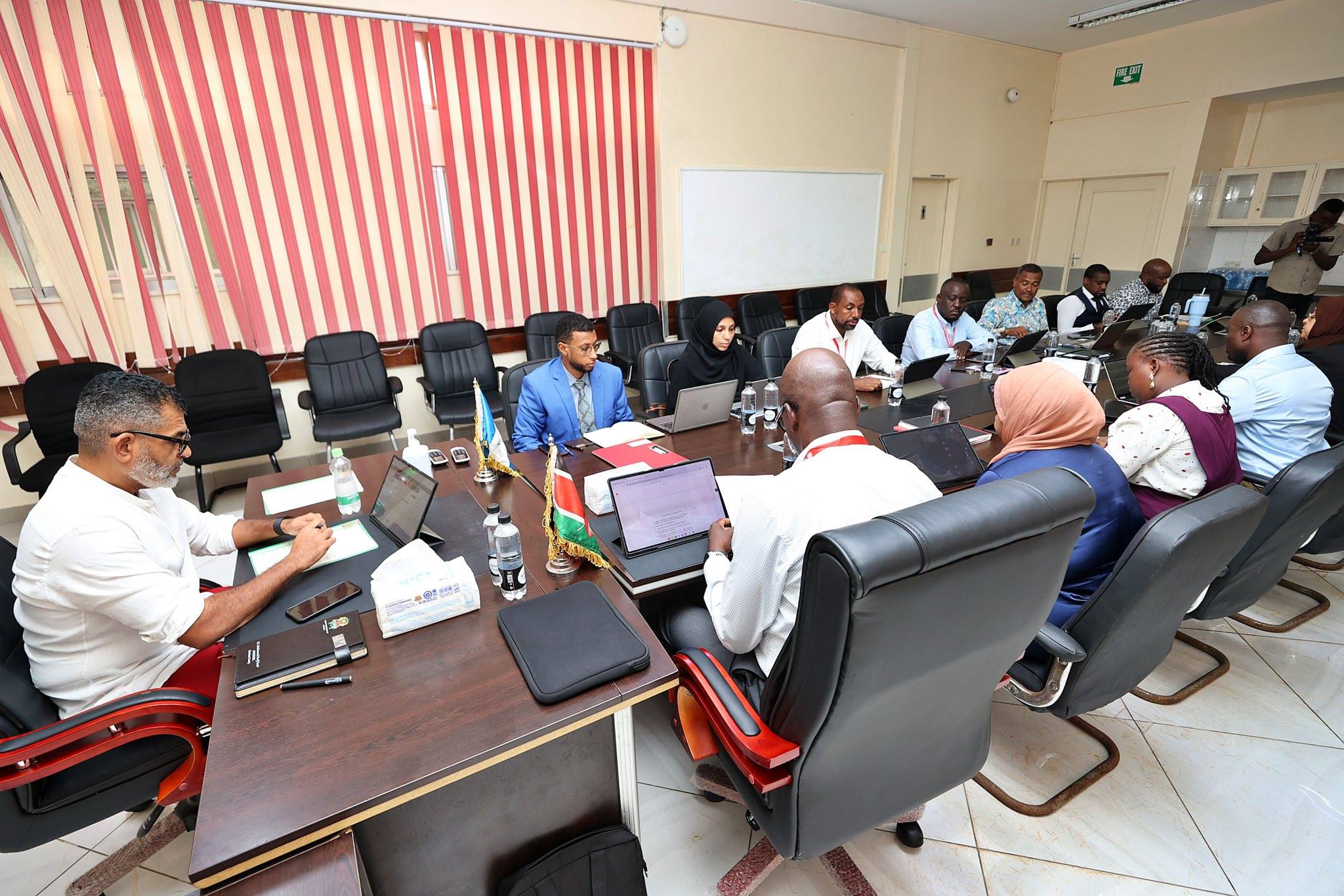 Mombasa Governor Abdulswamad Sheriff Nassir when he chaired the 17th meeting of the County Executive Committee at the Coast General Teaching and Referral Hospital on April 29, 2025. (Photo: X/Abdulswamad Sheriff Nassir)
Mombasa Governor Abdulswamad Sheriff Nassir when he chaired the 17th meeting of the County Executive Committee at the Coast General Teaching and Referral Hospital on April 29, 2025. (Photo: X/Abdulswamad Sheriff Nassir)
“This week, I’ve moved my office to the Coast General Teaching and Referral Hospital to personally oversee and accelerate the service reforms we are implementing,” he explains.
Better staffing
Among his goals are better staffing, smoother systems, and skilled teams who can offer patients more than just treatment, but dignity.
“We are enhancing staffing, especially nursing personnel, digitising hospital operations for better efficiency, and scaling up training programs to build capacity. Oversight will also be tightened to ensure accountability in this vital county institution,” Abdulswamad said.
The governor’s decision comes as cancer continues to affect more and more lives in Kenya.
“In Kenya, cancer has become one of the most urgent and devastating non-communicable diseases (NCDs) facing individuals, families, and the country as a whole,” he added.
Breast, cervical, oesophageal, prostate, and colorectal cancers are among the most common, with women bearing a heavy burden.
“Cervical cancer alone kills more than 3,000 Kenyan women each year. This is even more tragic, as cervical cancer is largely preventable with early screening and HPV vaccination,” Abdulswamad added. “For many, the diagnosis comes too late for effective treatment.”
Yet hope remains. Governor Abdulswamad believes that by changing how people see cancer, from a distant hospital concern to a community issue, things can improve.
“As cases rise and the burden on the health system grows heavier, the need for a coordinated, long-term strategy to prevent, detect, and treat cancer is more important than ever,” he added.
Still, challenges persist. Most treatment centres are located far from rural areas, forcing patients to travel for care. Specialist staff remain in short supply, which leads to long waits and delays in treatment.
“There is a shortage of oncologists, radiologists, pathologists, and oncology nurses in Kenya. At Katani Hospital, we are proud to offer quality cancer care to all Kenyans,” Abdulswamad added.
The strain is felt in every hallway of the Coast General clinic, where lives hang in the balance each day.
Cancer has become one of the most urgent and devastating health challenges in Kenya, impacting individuals, families, and the country as a whole.
Strain on healthcare systems
As the number of cancer cases continues to rise, the strain on the healthcare system grows heavier, highlighting the urgent need for a comprehensive and coordinated approach to prevention, early detection, and treatment.
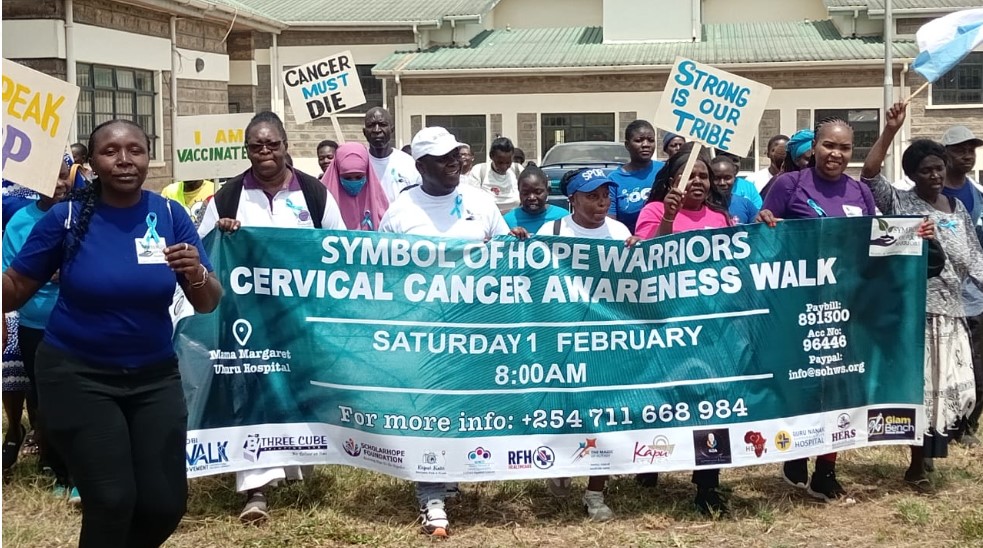 Participants during a cervical cancer awareness walk on February 1, 2025. (Photo: Charity Kilei)
Participants during a cervical cancer awareness walk on February 1, 2025. (Photo: Charity Kilei)
Currently, cancer ranks as the third leading cause of death in the country, with a significant number of diagnoses being made at advanced stages, limiting treatment options and survival rates.
In Kenya, cancer is not a single disease but rather a group of related conditions, each with its own set of challenges.
Among the most common types are breast, cervical, oesophageal, prostate, and colorectal cancers, as well as Kaposi’s sarcoma, which particularly affects those living with HIV.
Women are disproportionately affected, with breast and cervical cancers accounting for over half of all cases among women.
Tragically, cervical cancer alone claims the lives of more than 3,000 women every year. This is especially heartbreaking because cervical cancer is largely preventable with early screening and HPV vaccination.
However, cancer care in Kenya faces several significant challenges. One of the most pressing issues is the late diagnosis of many cases.
Over 70 per cent of cancer cases are diagnosed at advanced stages, when the options for effective treatment are limited and the chances of recovery are slim.
This is primarily due to low public awareness, the stigma surrounding the disease, and the lack of regular screening programmes.
Furthermore, there are disparities in access to treatment, as most oncology services are concentrated in urban areas, leaving rural populations to travel long distances for care.
These challenges are compounded by a shortage of trained healthcare professionals, including oncologists, radiologists, pathologists, and oncology nurses, which contributes to delays in diagnosis and treatment.
The need for a long-term, coordinated strategy to address cancer is clearer than ever. It is not just about providing treatment, but about creating a robust system for prevention, early detection, and awareness.
Top Stories Today
